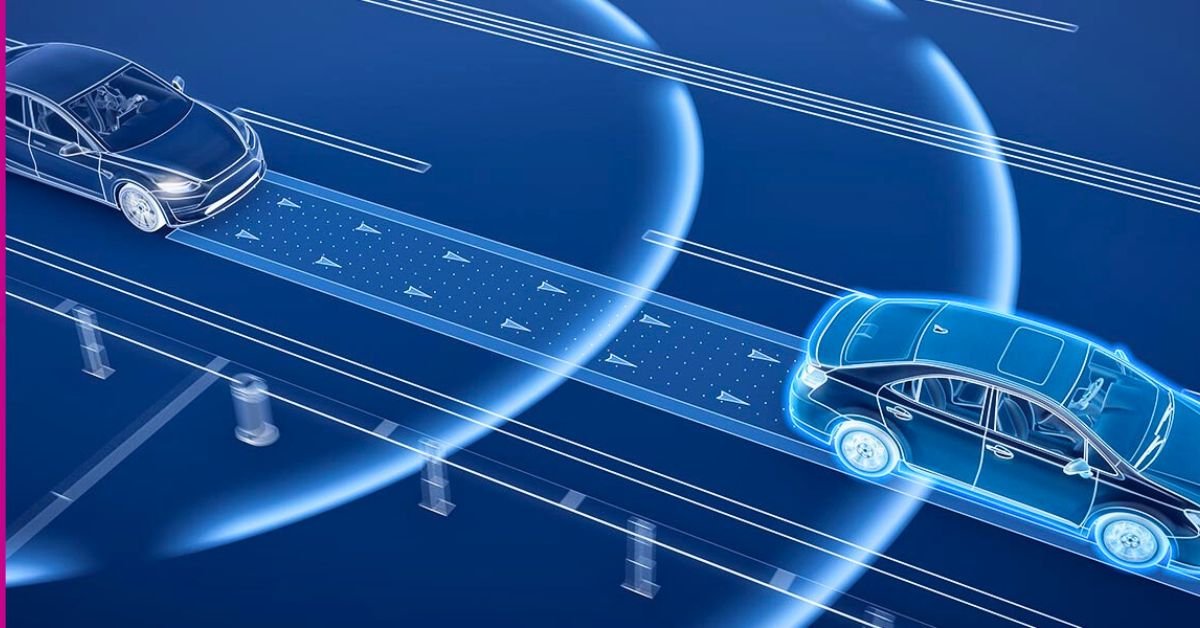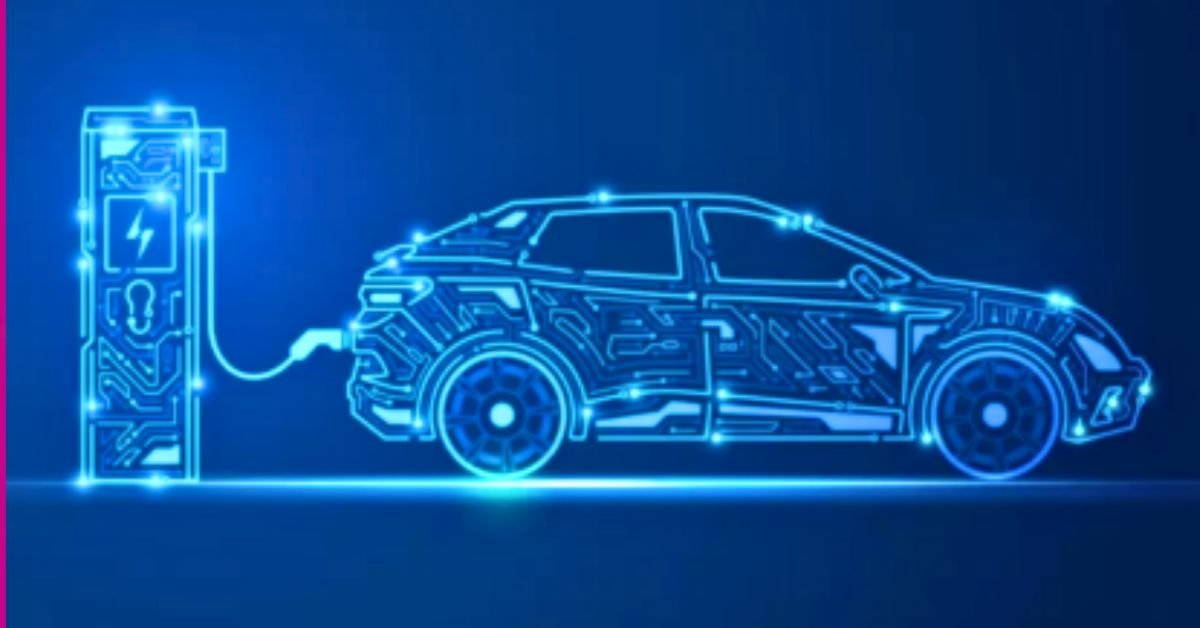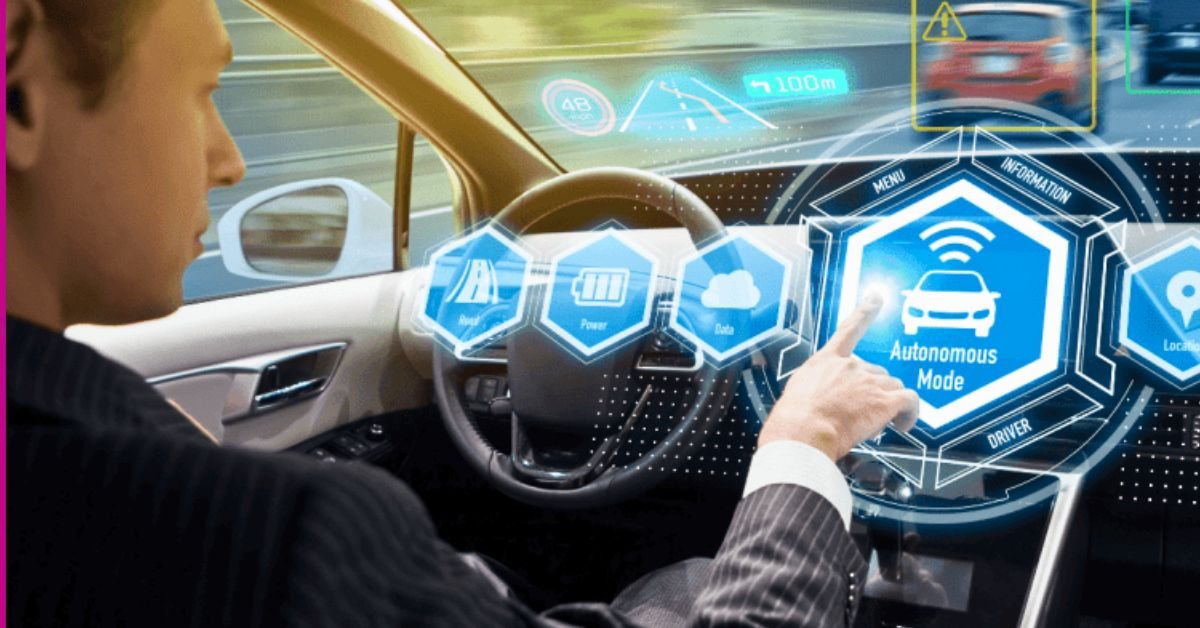Trends
- Increased Adoption and Integration:
- Urban Mobility: Cities are increasingly integrating AVs into their public transportation systems and ride-sharing services. This trend aims to reduce traffic congestion, lower emissions, and provide more efficient transit options.
- Consumer Acceptance: As technology improves and safety concerns are addressed, consumer confidence in AVs is growing. This shift is leading to higher adoption rates among individuals and fleets.
- Regulatory Developments:
- Standardisation and Policies: Governments are developing frameworks and standards for AV testing and deployment. These regulations focus on safety, liability, and data privacy, influencing how quickly AVs can be integrated into public roads.
- Insurance Models: The rise of AVs is prompting changes in insurance models, with a focus on liability issues and new types of coverage specific to autonomous driving.
- Data-Driven Enhancements:
- Big Data Utilisation: AVs generate vast amounts of data, which can be used to improve algorithms, enhance safety, and optimise driving patterns. The analysis of this data helps in refining the technology and addressing emerging challenges.
- Environmental Impact:
- Sustainability: There is a growing focus on integrating AVs with electric vehicle (EV) technology to further reduce carbon emissions and support environmental sustainability goals.
Technologies

- Artificial Intelligence and Machine Learning:
- Perception Systems: AVs rely on AI to interpret data from sensors such as cameras, LiDAR, and radar. Machine learning algorithms help in identifying objects, understanding traffic signals, and predicting the behaviour of other road users.
- Decision-Making Algorithms: Advanced AI models are used for real-time decision-making, allowing AVs to navigate complex traffic scenarios and make safe driving choices.
- Sensor Fusion:
- Multi-Sensor Integration: Combining data from various sensors improves the accuracy and reliability of the vehicle’s perception system. Sensor fusion helps in creating a comprehensive view of the vehicle’s environment, enhancing safety and navigation capabilities.
- High-Definition Mapping:
- Detailed Maps:
High-definition (HD) mapping is a cornerstone technology in the realm of autonomous vehicles (AVs), playing a crucial role in their operation and navigation. HD maps offer a level of detail far beyond traditional navigation maps, providing precise and comprehensive information about the road environment. This includes intricate details such as lane markings, road curvature, signage, traffic signals, and even features like road surface conditions and obstacles.
- Vehicle-to-Everything (V2X) Communication:
- Detailed Maps:
- Cybersecurity:
- Data Protection: Ensuring the security of AV systems is critical, given their reliance on data and connectivity. Advances in cybersecurity are focused on protecting vehicles from hacking, data breaches, and other digital threats.
- Advanced Control Systems:
- Redundancy and Reliability: To ensure safety, AVs are equipped with redundant control systems and fail-safe mechanisms. These systems are designed to take over in case of a malfunction, ensuring the vehicle can operate safely at all times.
Future Outlook

The future outlook for autonomous vehicles (AVs) is marked by rapid technological advancements and transformative potential, with several key developments expected to shape their trajectory:
